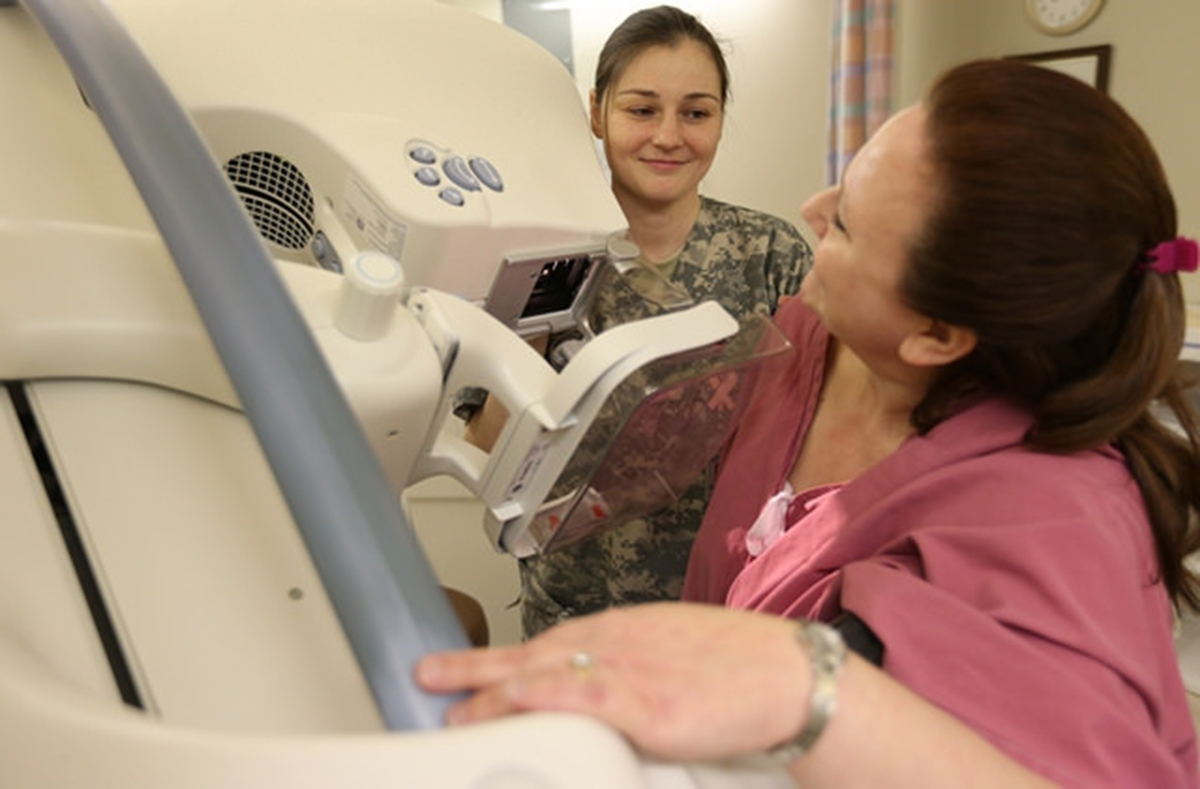Table of Contents
For decades, women have been told that it is important to get biannual screening tests for cancer, including mammograms. However, medical researchers have come to question whether erroneous results cause more harm than early detection does good.
Once a mammogram is performed, Pandora's box has been opened. If there is any sign of cancer, treatment cannot be withheld. Even if the tumor would likely remain in situ, without becoming malignant, for a year, five years, or ten years, treatment will be recommended immediately. The medical establishment has zero tolerance for most small cancers.
The problem with aggressive treatment is that mammography is not perfect. Between 1 and 10 percent of women who have positive findings on mammography don't actually have cancer, but they will still get surgery.

As a result, the US Preventive Services Task Force, a group of medical decision makers mandated by the Affordable Care Act, has decided to change the rules for mammograms for women in America.
- For women in their forties, mammograms every other year are given a "C" recommendation.
- For women aged 50 to 74, mammograms every other year are given a "B" recommendation.
What's the difference for American women? A "C" recommendation means the test will still be covered by insurance, but women will have to pay any copay or deductible to get mammograms during the 40's. A "B" recommendation means that not only will the test be covered by insurance, but insurance companies will also waive any copayments or deductible. Some women will want to have a prophylactic mastectomy because they have the BRCA gene for cancer. Their medical costs will not be affected by this recommendation.
Is this a good recommendation for American healthcare. Most women and most members of Congress, which writes the laws for the ongoing implementation of the Affordable Care Act, strongly disagree.
Breast cancer is much rarer among women under the age of 50, but when it does occur, it spreads much more rapidly.
Still, medical experts counter with two observations:
- Breast cancer, like some forms of skin cancer, doesn't always spread. Ductal carcinoma in situ, which was what the woman mentioned earlier in this article had, tends not to become malignant (although the slightest hint of malignancy will trigger aggressive treatment). Some experts believe that up to 50 percent of all cases of breast cancer are of the non-malignant variety, although others place the number as closer to 10 percent. The American Cancer Society places the number at 20 percent. In other words, the experts don't really know how often breast cancer is not life-threatening.
- Radiologists, who perform mammograms and the biopsies they may require, report that aggressive screening programs have reduced the rate of breast cancer deaths by about 30 percent. Other researchers, however, suggest that there has been no reduction in the death rate from breast cancer except on account of better treatment.
What should a woman do?
- If you have any family history of breast cancer, get regular screenings, even if you are under 50.
- If you feel a lump during your monthly breast self-exam, see a doctor right away. In both of these situations, your doctor can usually make a diagnosis that gets full insurance reimbursement.
- If you over 50, get a mammogram at least every other year.
- Be aware that all forms of breast cancer are not equal. If you are diagnosed with ductal carcinoma in situ, ask your doctor about the advisability of watchful waiting, leaving the tumor alone unless it begins to spread.
- Bleyer A, Welch HG. Effect of three decades of screening mammography on breast-cancer incidence. N Engl J Med. 2012. 367:1998-2005. http://www.nejm.org/doi/full/10.1056/NEJMoa1206809 Accessed September 30, 2015.
- Esserman L, Shieh Y, Thompson I. Rethinking screening for breast cancer and prostate cancer. JAMA. 2009.302:1685-1692. http://jama.jamanetwork.com/article.aspx?articleid=184747 Accessed October 5, 2015.
- Photo courtesy of armymedicine: https://www.flickr.com/photos/armymedicine/6198092775/ and https://www.flickr.com/photos/armymedicine/14917131905/


Your thoughts on this